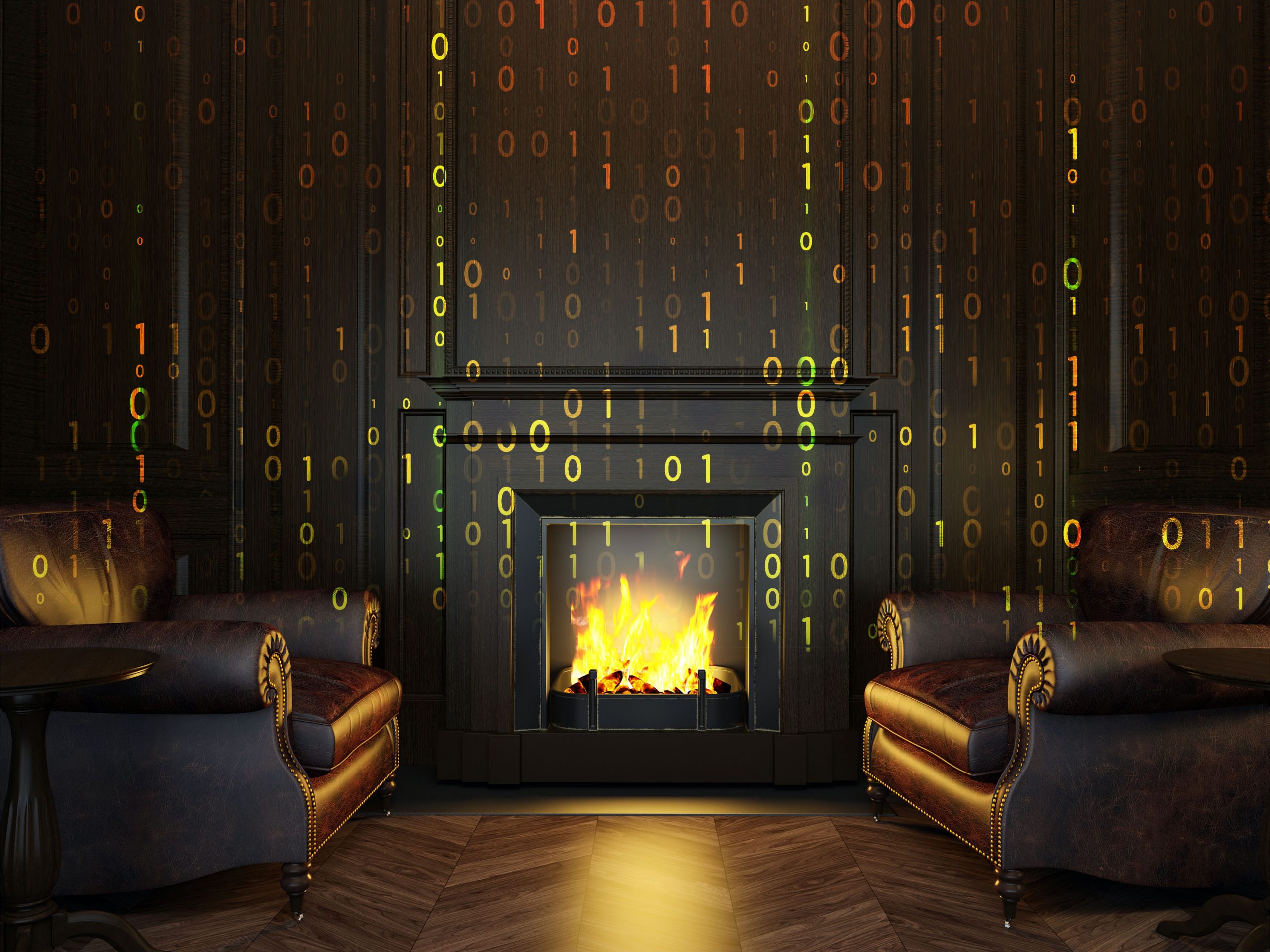
Since then Fireside has retaken its status as Logan Square's neighborhood bowling alley. It restated as a bowling alley without ever closing in the fall of 2004.
#The fireside update#
In the Summer of 2004 renovations were made to update things such as automatic scoring, new lanes and equipment and upgrades to the building and its amenities. Then in 2003 the City of Chicago dropped the eminent domain suit and it was decided by the owners and family, with talks to the alderman concerning it continued status that if Fireside was to continue over the long term it needed to get back to its roots of bowling. As time went on and the neighborhood changed neighbors became increasingly more vocal about the live music acts. For the next several years the cloud of eminent domain hung over Fireside, but it continued to host shows promoted by Brian Peterson and Dave Eaves. Gradually, more and more shows were held there until 1999 when the City of Chicago wanted to expand the nearby Haas Park. However, music was now the primary focus. There was still bowling on a few nights, in particular the Bucktown Bowling & Drinking League made up of several nearby taverns Bob Inn, Mickey's, Harp & Shamrock and The web took to the lanes every Monday night as they had been doing for many years. While the bowling lanes were used less and less, music was filling in on more nights. The neighborhood was getting rough and business slowed so Fireside began to showcase live music on a part-time basis in 1994. As the neighborhood changed and Fireside fell into disrepair Lapinski handed the establishment to his son Jim. From 1971 until 1990 Lapinski operated it as a thriving bowling alley. Lapinski and McGuire operated it together until 1971 when Lapinski bought out McGuire. The Fireside Bowl was owned and operated by Hank Sophie until 1966 when Rich Lapinski and Alec "Mac" McGuire bought the bowling alley from an ailing Hank Sophie. In 1956 it was expanded and AMF automatic pinspotters were installed and the remodeled Fireside was expanded by four lanes bringing the total to 16. It started as a twelve lane pin boy bowling alley and thrived throughout the 40s and 50s. In the summer of 1941 renovations began and the owner Hank Sophie converted it into a bowling alley, cashing-in on the bowling craze that began in mid-20th century America. The building was an ice factory in its early days. (The 1982 reissue would contract the words "Cook Book" into "Cookbook" - this is the 1949 original.) 322 pp. This is Beard's fourth - but his first "general" - cook book.

That appearance led to a national show on NBC in 1946?1947, the first such program in television history.

In 1946, caterer, chef, and cooking instructor James Beard (1903-1985), who saw his mission as "defend(ing) the pleasure of real cooking and fresh ingredients against the assault of the Jell-O-mold people and the domestic scientists," appeared on a local television show in New York City with a fifteen-minute cooking lesson.

1949 date to title page matches 1949 copyright date NO printing or edition notice to said copyright page, which is correct for a Simon & Schuster first printing as per the publisher's statements of 19. There is a half-inch vertical tear to top of the spine cloth. Illustrations by Alice and Martin Provensen (illustrator).


 0 kommentar(er)
0 kommentar(er)
